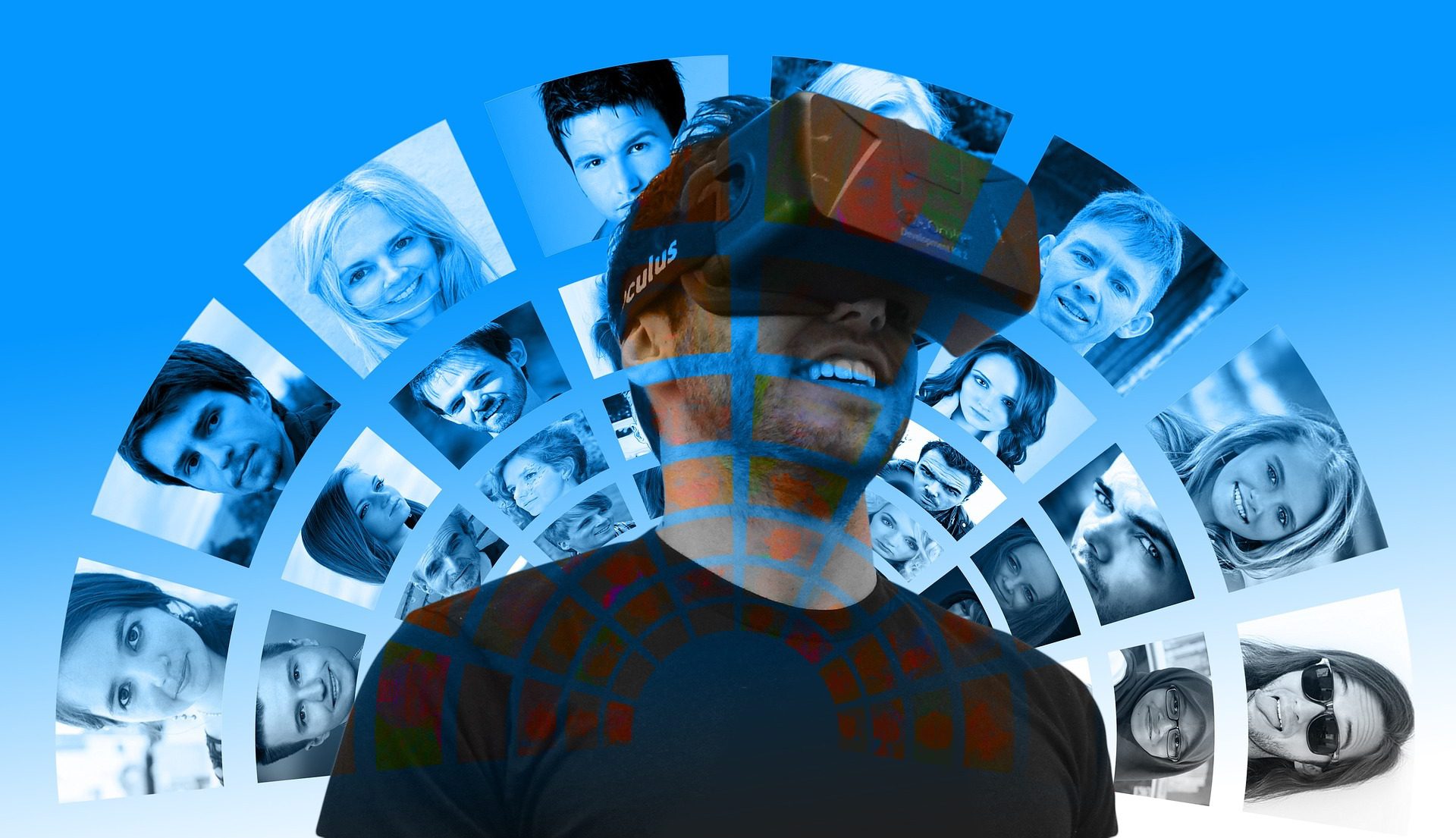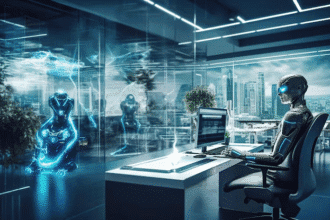VR and AR (Virtual Reality and Augmented Reality) are quickly changing the world and everything around them. From games to scientific research, everything is being affected by incredible growth.

Source: https://commons.wikimedia.org/wiki/File:Virtual-reality-2229924_1920.jpg
Over the last couple of years, we have seen both these technologies receive considerable upgrades. Let us look at how these upgrades and the technology itself have created these top 10 trends in 2023.
1. Implementation of AR and VR in the Education sector
Augmented reality and virtual reality have created a market for new technologies to be built. One of the most useful and effective trends has been the implementation of AR and VR in the Education Sector.
Education simply does not mean the schools and the universities, it also entails numerous safety tests and demonstrations. A lot of procedures and situations can be created seamlessly through AR and VR.
There is no more need for physical re-enactment. VR and AR can help in teaching people as well. The scope and immersion offered by AR and VR are quite great. These technologies will make learning fun as well.
2. AR and VR implementation in Entertainment
AR and VR are certainly helping in shaping the way in which we consume media. Platforms like Facebook and YouTube allow you to see special VR videos with the help of special accessories.
With faster internet and advanced technologies, it has become easier to move AR directly to our phones. Improved camera quality has also played a vital role in allowing AR to be implemented in our phones as well.
3. AR and VR integration with Mobile Devices
A lot of applications we use are primarily based on a standard scale. Not a lot of Applications are truly 3D in their application. AR and VR have the capability to change that.
VR and AR help by assisting a lot of professionals to work from home seamlessly. From Designers and developers to IT professionals, AR and VR have had a good impact on people working from home in 2022.
4. AR and VR in Retail
The pandemic has fastened the implementation of VR and AR in the retail business. With people stuck in their homes, AR and VR are helping customers to try different products virtually.
Retail shoppers can try different products such as clothes in a virtual room whereby it is much easier to try different clothes. Of course, the primary benefit is the ‘comfort’ that a lot of customers will experience.
5. Advanced Artificial Intelligence development
Artificial Intelligence, like other technologies in this list, has experienced tremendous development over the years. Another aspect of AI has been Machine learning and data processing, both of which have been developed together with AI.
AI is present in a lot of places that we do not notice. From face recognition to navigation and audio recognition, AI is being helped by AR and VR a lot. AI has helped AR and VR in providing a much more seamless and intelligent experience as well.
Top 5 Technology Trends: Which Will Transform the Mobile App Industry in 2020?
6. AR and VR Games
One of the earliest use of AR and VR was to play games. Occulus and Pokemon Go are prime examples of this. A lot of games now have VR support. Some mainstream games like Half-Life Alyx are completely set in a VR environment.
VR and AR provide unmatched control over the virtual space. This allows games to be made in a very particular and smart way. Escape rooms utilize this to a great extent and help in creating an immersive environment.
7. Improvement in infrastructure
AR allows you to create almost holographic situations through your phone. This allows you to simulate a lot of situations on your device. This provides much more realistic data about the designs created. The same goes for VR.
AR and VR can help in creating good Designs not just in architecture but even for various products such as clothes and electronics. As we become more and more adept at using AR and VR, we will start seeing more efficient and unique designs.
8. Remote Collaboration and affiliation
Virtual Reality has allowed people to create artificial and virtual working environments for them to meet and work. This has been quite a successful way to stay connected and work during the pandemic.
Whether it is personal meetings or business meetings, the creative control that a VR environment provides is great. Most work meetings suffer from creative and interesting ideas, and VR presents a much improved and needed change in this field.
9. Efficient R&D as well as manufacturing
A lot of research is done through 3D programs on computer systems. AR and VR can help in making the process much easier. The current systems require time and skill, while AR and VR can help in cutting down on those.
AR and VR would also enable a much better manufacturing process. Not only will the final product be of much better quality, but there will also be better functionality to it as well. An example of this is the implementation of AR and VR in a lot of Car systems to assist the Driver.
10. Accurate Navigation and Mobilisation
This is one of the simplest and yet effective trends that we are witnessing. AR and VR will help in making Navigation much more accurate. While a lot of processes could be shifted to a more mobile platform, allowing people to work remotely.
Conclusion
VR and AR have been in production and development for at least 10 years now. The growth and progress that the two technologies have witnessed are immense.
2022 has been an important year, however. Almost everyone was stuck at home, allowing AR and VR to showcase their wide range of capabilities. These capabilities are mentioned above as the technology managed to create these top 10 Trends.
Author Bio: Sophia Scott is a content creator at escaperoom.com. She’s a passionate young woman, mother to an amazing nine-year-old, and an avid reader. Over the years, writing has helped her explore and understand the world as well as her own self. She loves to travel, meet new people, and spend quality time with her daughter.








